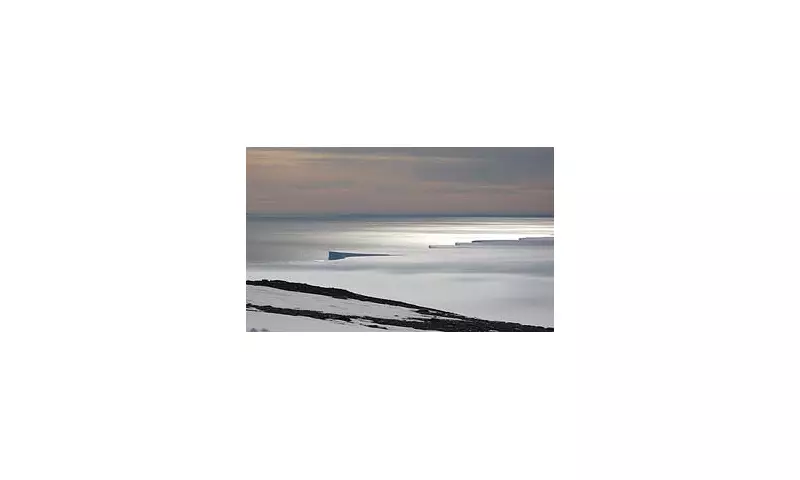
In a stunning geological revelation that challenges our understanding of Earth's southernmost continent, scientists have uncovered evidence of a massive granite formation hidden deep beneath Antarctica's frozen surface. The discovery, emerging from the remote wilderness of northern Antarctica, suggests a far more complex volcanic history than previously imagined.
The Icy Continent's Fiery Heart
Researchers analysing geological data from the region have identified what appears to be a substantial granite batholith – a large mass of intrusive igneous rock that forms from cooled magma deep beneath the Earth's surface. This finding indicates that Antarctica, now covered in ice up to three miles thick, once experienced significant volcanic activity similar to regions like Yosemite National Park in the United States.
Unveiling Antarctica's Hidden Landscape
The granite formation was detected through sophisticated remote sensing technology and geological surveys conducted in the Ross Sea area. Scientists employed advanced geophysical methods to peer through the thick ice sheets, revealing the unexpected geological structure that had remained concealed for millions of years.
What This Discovery Reveals
- Tectonic Evolution: The granite provides crucial evidence about Antarctica's position in the ancient supercontinent Gondwana
- Volcanic History: Suggests the continent experienced significant magmatic activity during its geological past
- Climate Clues: May offer insights into how Antarctica transformed from a temperate environment to its current frozen state
Scientific Implications and Future Research
This groundbreaking discovery opens new avenues for understanding continental formation and the geological processes that shaped our planet. The presence of such granite formations beneath the ice challenges conventional models of Antarctic geology and suggests the continent's crust may be more complex than previously thought.
Researchers are now planning additional surveys and potential drilling operations to retrieve core samples, which could provide more detailed information about the formation's age, composition, and the environmental conditions when it formed. This discovery not only rewrites geological textbooks but also demonstrates how much remains unknown about our planet's most remote continent.





